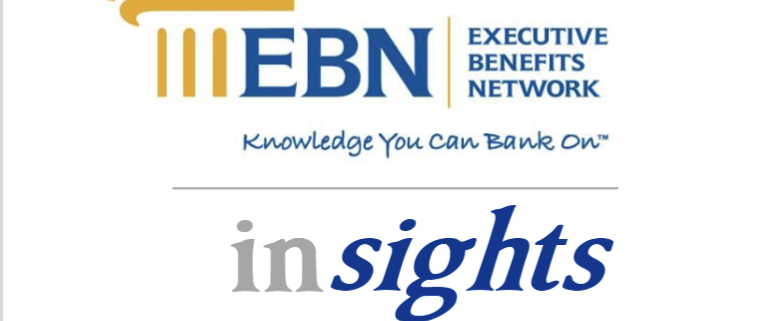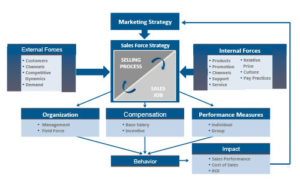
It is increasingly challenging to administer compensation in an uncertain economic climate. Inflationary pressures, wage compression, competition for talent, and the prospect of a recession are a few of the challenges that make it difficult to keep up with increasing compensation demands. We believe there are five current economic influences that impact pay
decisions:
Influences that Impact Pay Decisions
First, a company’s ability to increase customer prices is waning. During the pandemic with supply disruptions and higher commodity prices, a customer conversation might be difficult to have, but price increase discussions were relatively straightforward. With inflation trending down, customers expect their prices to stabilize. This makes it harder to pass wage increases. Lower margins leave less room to raise wages.
Second, although job openings continue to decrease and quit rate it back to pre-pandemic level, competition for key talent continues to be robust as witnessed by an unemployment rate in the mid-three percent and recent monthly hiring trends. Third, inflation continues on a downward trend as the Federal Reserve has raised interest rates over several months. However, even at reduced levels, after three years of pay increases, employees have not kept up with inflation; they are looking to recover much of the gap. A fourth influence is that the cost of investments is growing as increased interest rates make it more expensive to invest in artificial intelligence and automation, potentially replacing the need for people.
Finally, the fear of a recession is significant, although CEOs, according to a recent Conference Board survey, are expecting a short and mild recession. However, many organizations continue to be reluctant to invest in higher compensation costs.
Current Approaches to Compensation So far this year, companies are not using a common approach to compensation increases. We highlight below several that we have recently found:
● Companies with sufficient cash and an optimistic view of future business are providing compensation increase budgets between 3.0% and 4.0%. This is less than the projections in surveys earlier this year of between 4.0% and 4.5%.
● Many organizations are relying on bonuses rather than salary increases which are, of course, fixed costs going forward. Bonus types include sign-on, retention, referral, and performance. Salary increase budgets of these organizations are around 2.0%.
● A few companies are handing out a cost-of-living adjustment of 1.5% to 2.0%. They then are waiting for fall to give further increases when a clearer economic picture develops.
● A small number of organizations are looking to offer time-off benefits. Examples include providing half the crew with Friday afternoons off and the next week the other half leaving at noon, or closing the day before July 4 th or the Friday before Labor Day weekend, providing a four-day holiday.
● Many employers are offering or strengthening relatively low-cost, non-medical benefits such as life insurance, disability insurance, accident, legal plans, ID protection, and pet insurance. We urge organizations to poll their employees to determine the highest interest prior to adding additional benefit programs.
Interesting Times
A Chinese proverb says, “May you live in interesting times.” Well, we are. Pay trends are both disruptive and challenging, but the upside for those able to navigate the tricky terrain is substantial and impactful.
Pay Transparency
A new pay-equity focus is being reinforced by regulatory legislation. Several U.S. jurisdictions have recently passed or are about to pass laws requiring organizations to disclose salary ranges for job postings. The EU is, perhaps, even more advanced than the U.S. in disclosure requirements. WorldatWork reports that two-thirds of organizations state they are subject to regulations requiring disclosures.
The legislation mandating the disclosure of pay ranges aims primarily to create transparency and reduce pay inequities for underrepresented groups, both during recruitment and for current employees. But critics report it will only add to compensation costs. We expect to explore more fully pay transparency in our next Compensation Alert newsletter.
Contact Us
If you would like to discuss your approach to compensation increases, please contact Neil Lappley at nlappley@lappley.com or (847) 921-2812.





